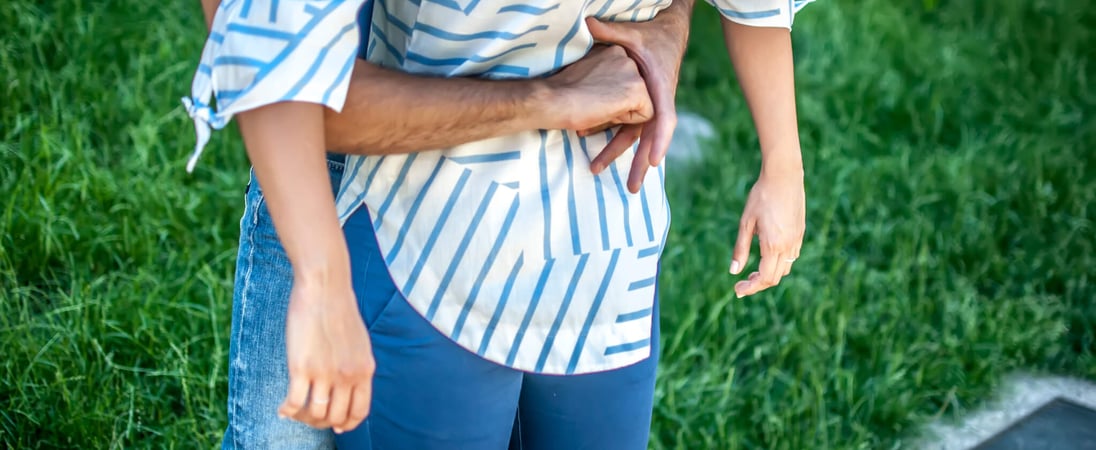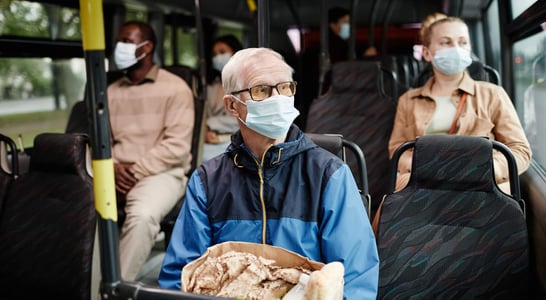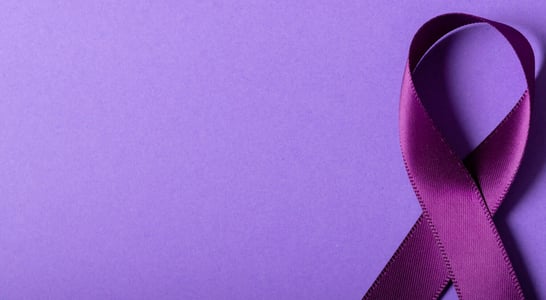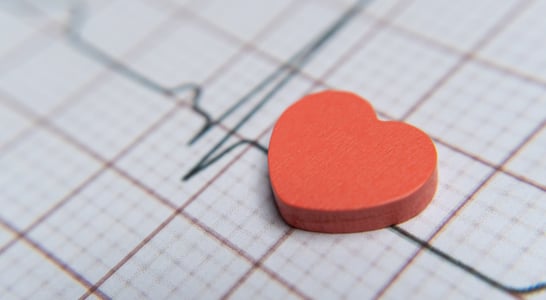
National Heimlich Maneuver Day
A life-saving technique, dislodging obstructions and ensuring breath flows freely, empowering quick responses to unexpected emergencies.
Offering recognition to this important life-saving technique, National Heimlich Maneuver Day was established in recent years to draw attention to the need for people to know the Heimlich Maneuver so they can be prepared to help.
How to Celebrate National Heimlich Maneuver Day
Be a good citizen and make the world a safer place by celebrating National Heimlich Maneuver Day with some of these ideas to get started:
Learn the Heimlich Maneuver
An excellent way for any caregiver, health care professional or really just any concerned citizen to celebrate National Heimlich Maneuver Day would be to commit to learning the procedure.
While the theory might be simple, it is vital that the maneuver be practiced in the right way in order to be effective and not cause more harm.
Taking a class that teaches the Heimlich maneuver might be a good way to go, including many first aid classes. It’s an amazingly small investment that could mean saving someone else’s life!
History of National Heimlich Maneuver Day
The background of National Heimlich Maneuver Day can be traced back to the early 1970s when Dr. Henry J. Heimlich read an article in the New York Times that gave statistics that thousands of people each year die because of choking incidents.
At the time, the method to help a choking person was to pat them on the back, but Heimlich and other doctors suspected that this action could actually make things worse.
Dr. Heimlich devised a new style of help for a choking person that could be practiced not only by health care professionals but also by average citizens in the community.
In 1974, Heimlich even used the maneuver himself to save the life of a woman in a nursing home. Since that time, when used appropriately, the Heimlich maneuver is estimated to have saved the lives of more than 100,000 people all over the world.
The concept behind the Heimlich maneuver is to stand behind and wrap the arms around the waist of the choking person.
Place one hand in a fist with the other cupped around it below the ribs, press the hands in and up so that the person is pulled upward onto their toes. This may be repeated several times until the food or choking hazard is dislodged and the person can breathe again.
This day takes a prominent place on the calendar as it kicks off National Safety Month.
Remember Important Points About the Heimlich Maneuver
Even those who have been trained in this technique can certainly use National Heimlich Maneuver Day to act as a reminder or refresher in case the time comes to use it. Consider some of these important points about the technique:
-
Only use the Heimlich maneuver on a conscious person and never on an infant (first aid for infants is very different).
-
Before helping, be sure to get consent from the person, or if it is a choking child get consent from the parent.
-
Anytime the Heimlich maneuver is performed, someone should call 911 or the local emergency number.
-
It is not currently recommended to use the Heimlich maneuver on drowning victims.
National Heimlich Maneuver Day FAQs
Did Dr. Heimlich ever use his own maneuver in real life?
Yes, at age 96, Dr. Henry Heimlich reportedly used his maneuver to save a fellow resident in his senior living community who was choking.
How did the public first learn about the Heimlich maneuver?
Dr. Heimlich introduced his technique in a June 1974 article titled “Pop Goes the Café Coronary,” aiming to provide a simple method for choking emergencies.
Are there any notable instances where the Heimlich maneuver saved lives?
Yes, for example, in Essex County, quick action and knowledge of the Heimlich maneuver by school staff saved two students from choking incidents.
Is the Heimlich maneuver the only recommended method for choking emergencies?
Recent guidelines suggest starting with five back blows between the shoulder blades before attempting abdominal thrusts, as back blows can be effective and less invasive.
How has the Heimlich maneuver influenced first aid training globally?
Since its introduction, the Heimlich maneuver has become a standard part of first aid training worldwide, empowering individuals to act swiftly during choking emergencies.
What inspired Dr. Heimlich to develop this life-saving technique?
Dr. Heimlich sought a simple, effective method to assist choking victims after observing that back slaps often worsened the situation by lodging objects deeper into the airway.
Are there any controversies associated with the Heimlich maneuver?
Some experts have debated the effectiveness and safety of abdominal thrusts, leading to recommendations that include back blows as a first response.
How did the Heimlich maneuver impact choking-related fatalities?
The introduction of the Heimlich maneuver significantly reduced choking deaths by providing an accessible and effective first aid technique for the public.
Has the Heimlich maneuver been adapted for use on oneself during choking?
Yes, individuals can perform self-administered abdominal thrusts by pressing their abdomen against a firm object like a chair to dislodge an obstruction.
What other medical innovations is Dr. Heimlich known for?
Beyond the maneuver, Dr. Heimlich developed the Heimlich Chest Drain Valve, which aids in removing air and fluid from the chest cavity, commonly used in treating chest trauma.
See what else is happening…
There’s always more going on every month at Days Of The Year. Here are our favorites this month!
Also on ...
View all holidaysNational Go Barefoot Day
Put your feet in direct contact with the Earth by going barefoot, or donate any shoes you don’t wear to those who have no choice but to go barefoot.
World Milk Day
Start your day with a glass of calcium-rich milk, visit a local dairy farm, or see what milk alternatives like soy, oat, or almond milk you might enjoy.
Dinosaur Day
Discover a lost world of colossal creatures, where gigantic predators and gentle giants once roamed the earth.
National Cancer Survivors Day
Join an organization or event to celebrate those who have fought or are fighting their battle against cancer, and raise awareness of the struggles they face.
We think you may also like...
National Public Health Week
The well-being of communities — disease prevention, and better living through knowledge and action, towards a healthier world.
World Leprosy Day
Unveiling insights into an historical ailment, fostering understanding and empathy for a condition often misunderstood.








